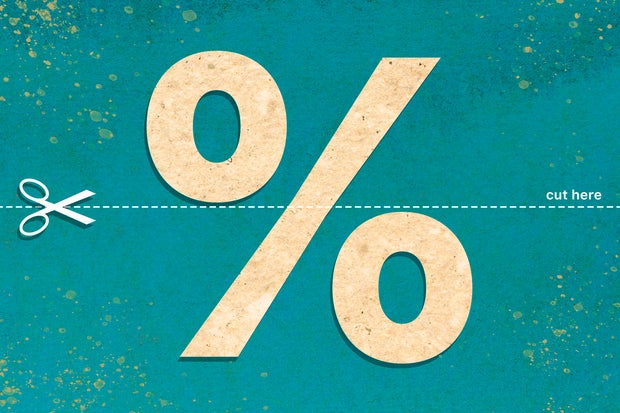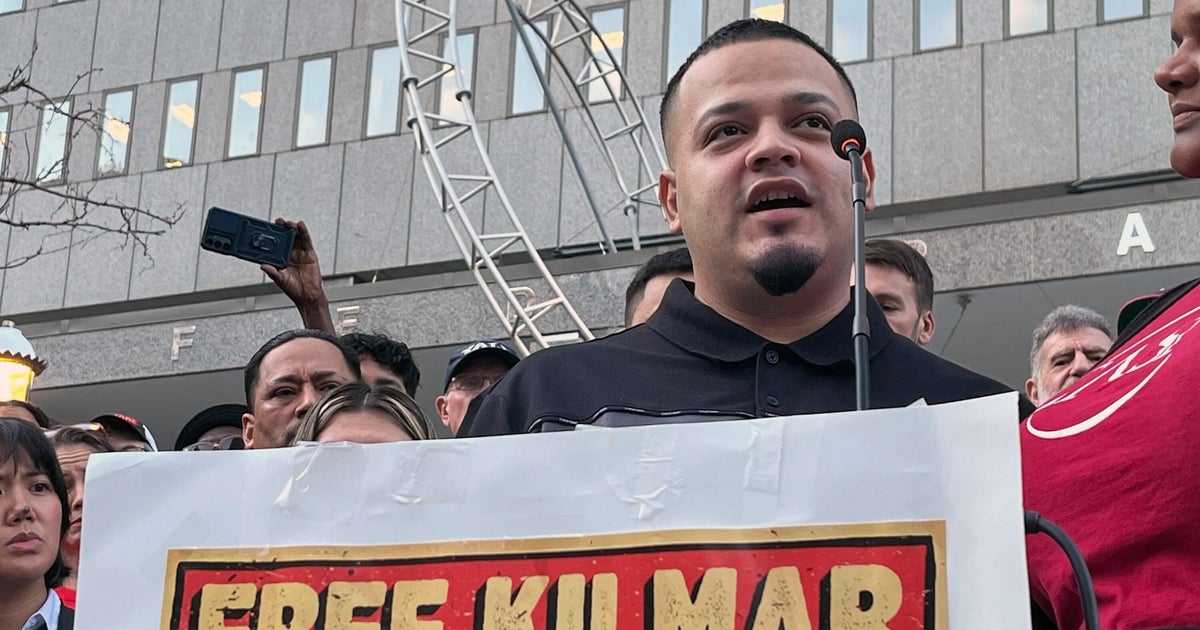 Interest rate cuts are making HELOCs, already relatively affordable, even less expensive than they were.
Richard Drury/Getty Images
Interest rate cuts are making HELOCs, already relatively affordable, even less expensive than they were.
Richard Drury/Getty Images
$11.6 trillion.
That's how much home equity was available for homeowners to borrow entering the third quarter of 2025, according to a report released in August. Around 48 million homeowners have equity that they can tap into, according to the report, equivalent to hundreds of thousands of dollars per household.
And there are multiple ways to access that money now, ranging from home equity loans to home equity lines of credit (HELOCs) and more. With a HELOC, the average homeowner can easily borrow $50,000 while still leaving a comfortable equity margin in the home for future use, and they can do so via an interest rate that's lower than home equity loans, personal loans and credit cards. In fact, right now, a HELOC is almost three times less expensive than a credit card, thanks to the latter's average rate of around 21%.
HELOCs are also well-set to become even more affordable, now that the Federal Reserve has resumed its rate-cut campaign. Since HELOC rates are variable, they can respond well to rate drops as rates here adjust monthly for borrowers. Already the cheapest way to borrow home equity, some prospective borrowers may be wondering about the costs of a $50,000 HELOC now, particularly after the Fed's recent rate cut. Below, we'll detail the potential monthly costs of a HELOC of this size.
Start by seeing how low your current HELOC rate offers are here now.
How much does a $50,000 HELOC cost each month now that the Fed cut interest rates?
Calculating the monthly costs of a HELOC always requires a bit of speculation, as rates here can and will change over time, especially over an extended period. So borrowers will need to crunch their costs both against today's readily available rates as well as what they could adjust to in the future. Here, then, is how much a $50,000 HELOC will cost with today's rates, assuming they remain constant:
- 10-year HELOC at 8.05%: $607.96 per month
- 15-year HELOC at 8.05%: $479.27 per month
That's significantly less expensive than what a $50,000 HELOC cost last September, following the Fed's 50 basis point reduction:
- 10-year HELOC at 9.26%: $640.44 per month
- 15-year HELOC at 9.26: $514.90 per month
And, for context, here's what a $50,000 HELOC cost just this past February:
- 10-year HELOC at 8.28%: $614.06 per month
- 15-year HELOC at 8.28%: $485.94 per month
So, costs here are moving in the right direction for borrowers. And, unlike a fixed–rate home equity loan, a HELOC won't need to be refinanced to exploit a cooler rate climate, as the rate will adjust independently for borrowers. Still, rates can rise as easily as they can fall, so some volatility will need to be accounted for if you ultimately decide that this is the ideal way to borrow $50,000 worth of home equity now.
Compare your HELOC options online to learn more.
What about a $50,000 home equity loan instead?
Prefer the predictability and security of a home equity loan instead? Here's what the monthly costs for a $50,000 home equity loan would be now, post-Fed rate cut:
- 10-year home equity loan at 8.43%: $618.06 per month
- 15-year home equity loan at 8.31%: $486.82 per month
Note, though, that while the home equity loan is slightly more expensive, it doesn't result in the same stress and require the same constant rate climate monitoring that a HELOC does. Consider both carefully, then, to determine not only which is more advantageous for your needs now, but which one is more likely to fulfill your goals long term.
The bottom line
A $50,000 HELOC could cost between $480 and $608 per month right now, after the Federal Reserve cut rates this week. And now that additional cuts are expected to take place when the central bank meets again in October and December, rates and expenses here could decline further. Just be careful with a variable-rate product, particularly one that uses your home as collateral. But if you can manage today's payments and have the flexibility to adjust should rates move up again in the future, this could be one of the better ways to borrow $50,000 now.
Matt Richardson is the senior managing editor for the Managing Your Money section for CBSNews.com. He writes and edits content about personal finance ranging from savings to investing to insurance.


















































